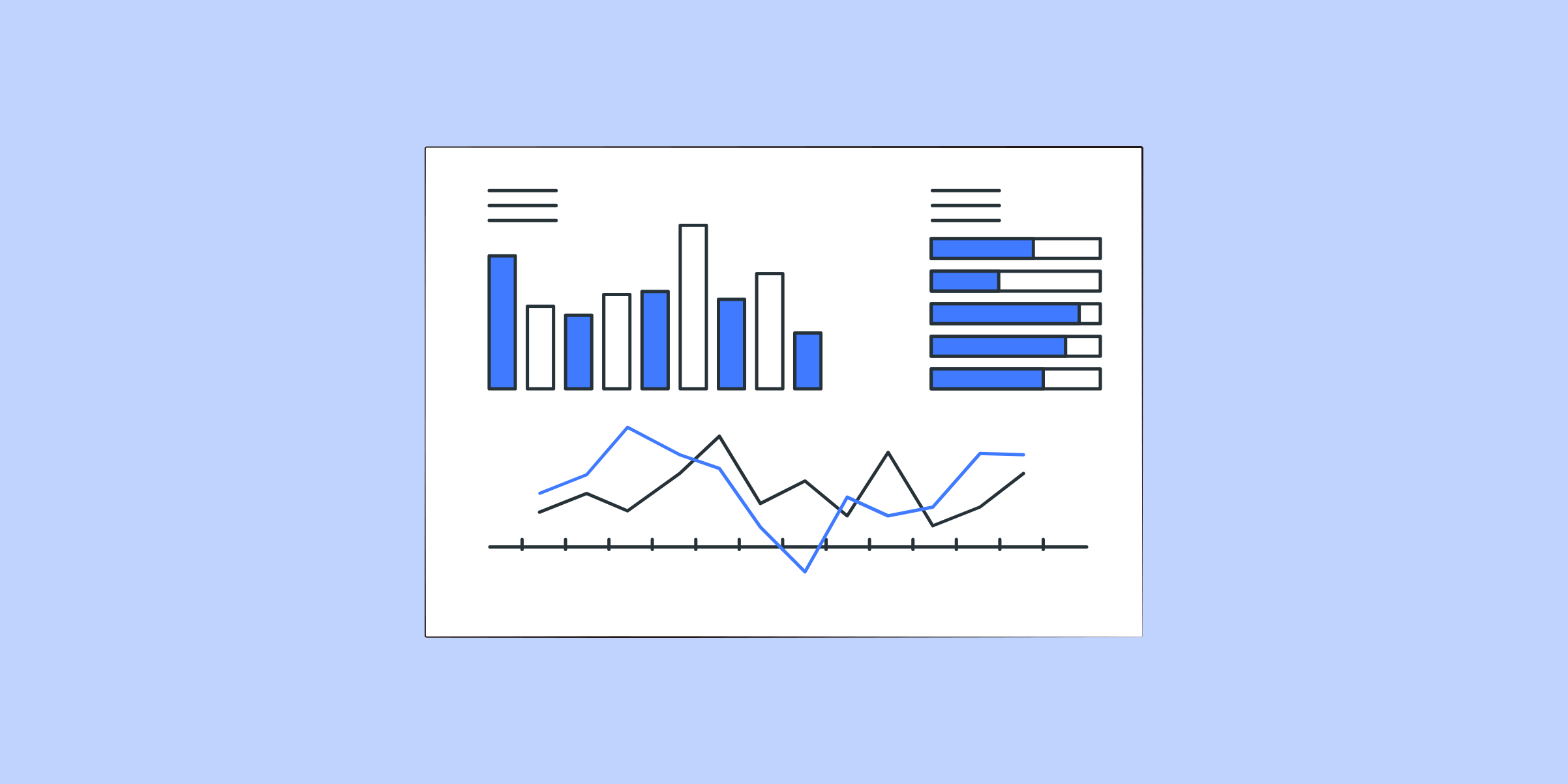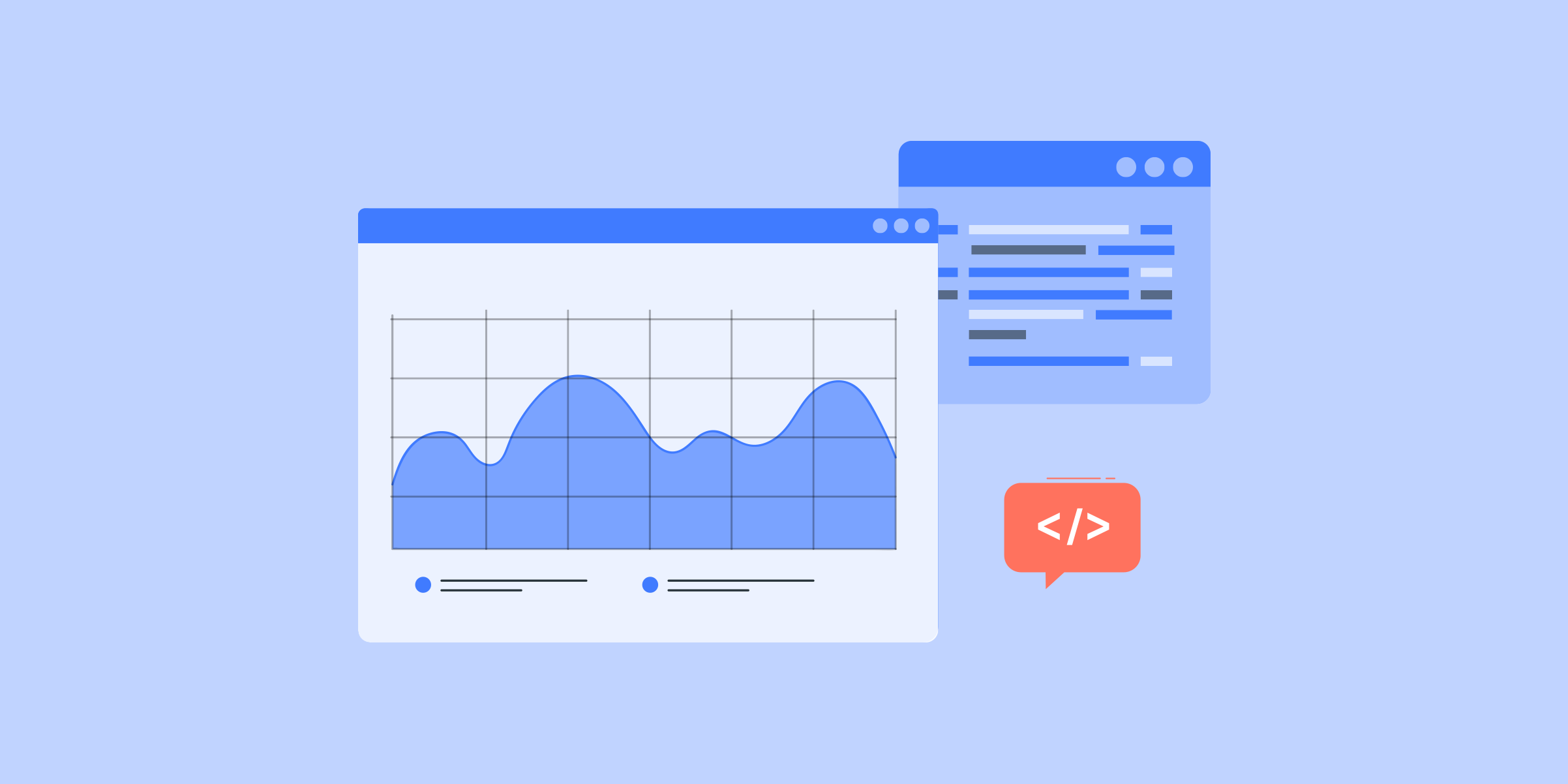住宅代理
來自真實 ISP 的白名單 200M+ IP。 透過儀表板管理/取得代理程式。

代理服務
抓取工具
從所有網站收集公開結構化數據
代理
住宅代理
來自真實 ISP 的白名單 200M+ IP。 透過儀表板管理/取得代理程式。
開始於
$0.6/ GB
Socks5代理
190多個地點超過2億個真實IP,
開始於
$0.03/ IP
無限住宅代理
IP與流量無限使用,AI智能輪換住宅代理
開始於
$1816/ MONTH
輪換 ISP 代理
ABCProxy 的輪替 ISP 代理程式可保證較長的會話時間。
開始於
$0.4/ GB
靜態住宅代理
持久專用代理、非輪換住宅代理
開始於
$4.5/MONTH
數據中心代理
使用全球穩定、快速、強勁的 700K+ 資料中心 LP。
開始於
$4.5/MONTH
移動代理
來自真實 ISP 的白名單 200M+ IP。 透過儀表板管理/取得代理程式。
開始於
$1.2/ GB
English
繁體中文
Русский
Indonesia
Português
Español
بالعربية

前向代理 vs 反向代理:了解差異
在網絡和 Web 主機領域中,代理在增強安全性、性能和擴展性方面發揮著至關重要的作用。兩種常見類型的代理是前向代理和反向代理。儘管它們都具有類似的目的,但它們具有獨特的功能和用例。在這篇博文中,我們將深入探討前向代理和反向代理之間的差異,以及它們如何有助於您的網站的整體性能和安全性。
前向代理:提升性能和隱私
一個前向代理,也被稱為正向代理或代理伺服器,充當客戶端設備和外部 Web 伺服器之間的中介。當客戶端設備請求網絡資源(例如網頁或文件)時,該請求首先發送到前向代理。代理然後代表客戶端將請求轉發給目標伺服器,接收來自伺服器的回應,並將其傳回客戶端。
前向代理的主要優勢之一是它能夠通過緩存經常請求的資源來提升性能。代理可以從其緩存中為後續的請求提供服務,而不是從目標伺服器檢索它們。這不僅降低了延遲,還減輕了目標伺服器的負載。
此外,前向代理還可以通過掩蔽客戶端的 IP 地址來增強隱私。當客戶端通過前向代理與 Web 伺服器通信時,伺服器只能看到代理伺服器的 IP 地址,而非客戶端的真實 IP 地址。這增加了一層匿名性,並且在用戶想要訪問受限內容或繞過地理封鎖的情況下可能很有用。
反向代理:負載平衡和安全
與前向代理不同,反向代理位於 Web 伺服器和客戶端設備之間。當客戶端設備向網站發送請求時,該請求首先由反向代理截取。代理然後根據預定義的規則(如負載平衡算法或伺服器健康檢查)將請求轉發給一個可用的 Web 伺服器之一。
反向代理的主要目的是將傳入的請求分發到多個伺服器,確保資源的最佳利用並防止任何單個伺服器因流量而不堪負荷。通過平衡負載,反向代理增強了網站的性能、擴展性和可用性。
此外,反向代理還可以增強安全性。它可以充當一個屏障,保護 Web 伺服器免受直接暴露於互聯網的威脅。反向代理可以檢查傳入的請求,過濾掉任何惡意或可疑的流量,並僅將合法請求傳遞給 Web 伺服器。這增加了對各種攻擊(如分佈式阻斷服務攻擊或 SQL 注入企圖)的額外保護。
為您的需求選擇正確的代理
當您決定是使用前向代理還是反向代理時,請考慮您的具體要求和目標。如果您主要關注的是為用戶改善性能和隱私,則前向代理可能是正確的選擇。另一方面,如果您運行的是高流量網站,並且想要提高擴展性、負載平衡和安全性,則反向代理可能更合適。
在某些情況下,可能需要兩種代理的結合。例如,反向代理可以位於一組前向代理的前面,為前向代理提供負載平衡和安全性。這種混合方法可以幫助實現最佳性能、隱私和安全性,確保您的網站。
結論
總之,前向代理和反向代理在網絡和 Web 主機領域具有獨特的功能和用例。前向代理通過緩存資源和掩蔽 IP 地址來提升客戶端設備的性能和隱私。另一方面,反向代理將傳入的請求分發給多個 Web 伺服器,增強了負載平衡、擴展性和安全性。根據您的需求,您可以選擇一種或兩種代理的組合來實現所需的性能、隱私和安全性。
相關文章

Understanding the Differences: Forwarding Proxy vs Reverse Proxy
在網絡架構和數據傳輸方面,經常提到的兩個術語是“前向代理”和“反向代理”。儘管這兩者聽起來相似,但它們具有不同的目的,在管理網絡流量中扮演著不同的角色。前向代理充當客戶端和伺服器之間的中介。它接收來自客戶端的請求並將其轉發給適當的伺服器。這種類型的代理通常用於通過緩存經常訪問的內容來改善網絡性能。當客戶端請求內容時,前向代理檢查是否已經有緩存的副本。如果有,它會直接將內容提供給客戶端,而不將請求轉發給伺服器。這降低了伺服器負載,改善了響應時間,並節省了帶寬。前向代理也常用於通過隱藏客戶端的 IP 地址並提供匿名性來增加一層安全性。另一方面,反向代理位於客戶端和伺服器之間,但不是轉發

使用Omega代理服务器进行匿名上网的优势
代理服务器是用户计算机与服务器之间的中间节点,用于转发和过滤网络流量。Omega代理是最可靠和有效的代理服务器之一,在使用互联网时提供匿名性和安全性。由于其独特功能,Omega代理服务器已受到重视,用户重视保护个人数据和网络隐私。本文将介绍Omega代理服务器的主要优势和功能,以及如何最大限度地提高在互联网上的安全性。

使用澳大利亞免費代理伺服器解鎖全球內容
如果您正在尋找澳大利亞的免費代理伺服器,您來对地方了!在本博客文章中,我們將討論在澳大利亞使用代理伺服器的好處,並為您提供一些尋找免費代理的選擇。使用代理服務可以提供幾個優勢,尤其是如果您位於澳大利亞以外。通過連接到位於澳大利亞的代理伺服器,您可以像實際在該國內一樣瀏覽互聯網。這對於訪問地理限制的內容或僅對澳大利亞居民可用的網站尤其有用。在澳大利亞尋找免費代理伺服器的一個選擇是搜索在線代理目錄或論壇。這些平台通常有一個用戶社區,他們分享他們的經驗並提供對可靠和快速代理的推薦。請記住,免費代理可能在速度和可靠性方面受到限制,因此選擇一個符合您需求的代理至關重要。另一個選擇是使用免費